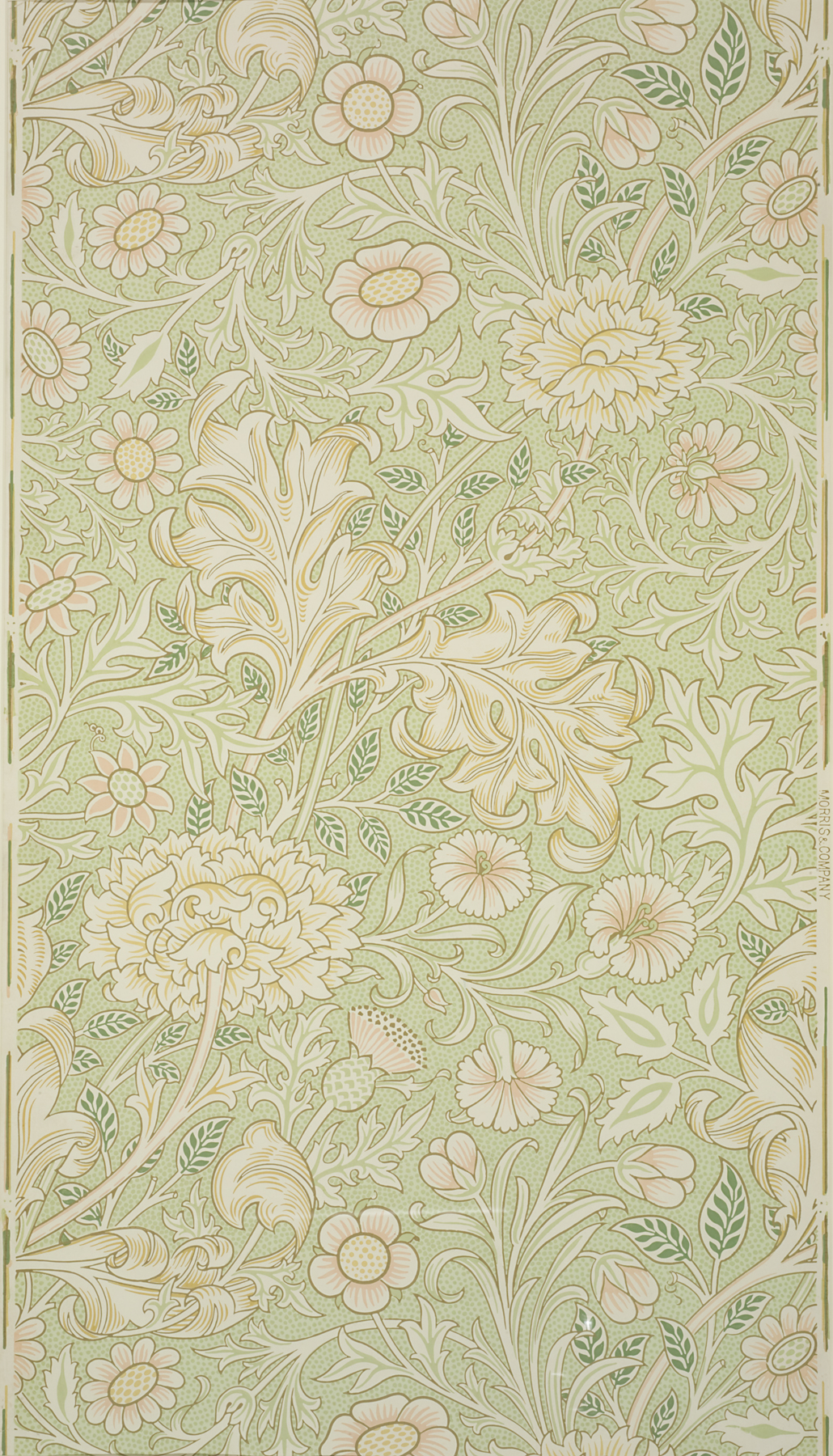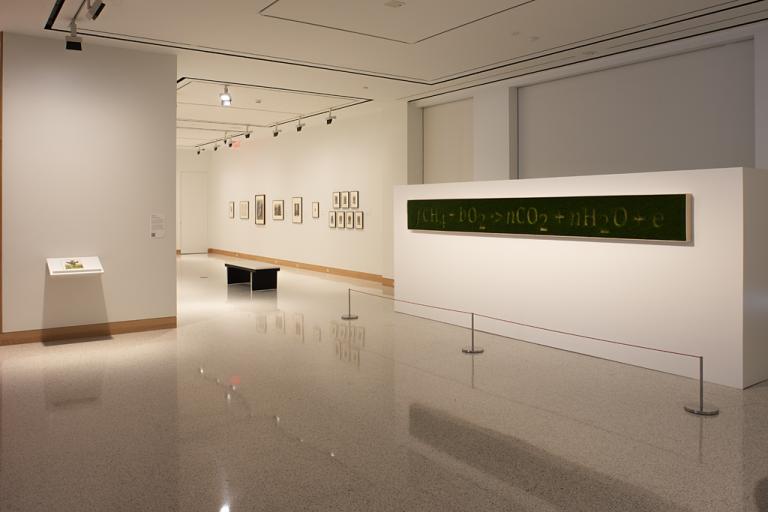Double Bough, William Morris
Artwork Overview
William Morris, artist
1834–1896
Double Bough,
1890
Where object was made: England, United Kingdom
Material/technique: relief print; wallpaper
Dimensions:
Sheet/Paper Dimensions (Height x Width): 564 x 1048 mm
Sheet/Paper Dimensions (Height x Width): 22 3/16 x 41 1/4 in
Frame Dimensions (Height x Width x Depth): 44 1/4 x 29 1/4 x 1 in
Weight (Weight): 13 lbs
Sheet/Paper Dimensions (Height x Width): 564 x 1048 mm
Sheet/Paper Dimensions (Height x Width): 22 3/16 x 41 1/4 in
Frame Dimensions (Height x Width x Depth): 44 1/4 x 29 1/4 x 1 in
Weight (Weight): 13 lbs
Credit line: Museum purchase: Letha Churchill Walker Memorial Art Fund
Accession number: 1989.0023
On display: Brosseau Learning Center
If you wish to reproduce this image, please submit an image request








